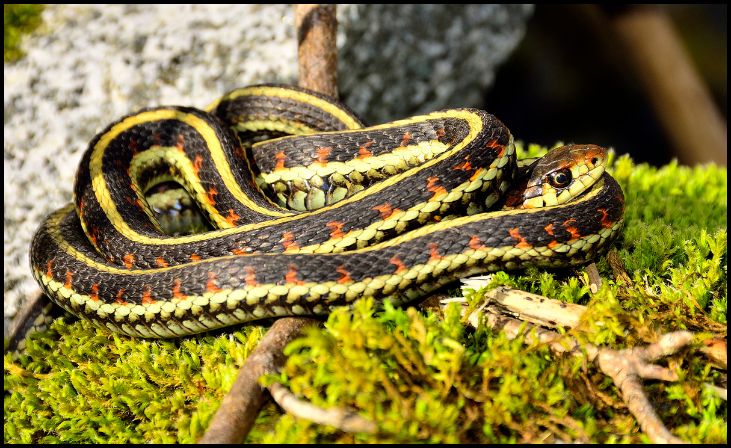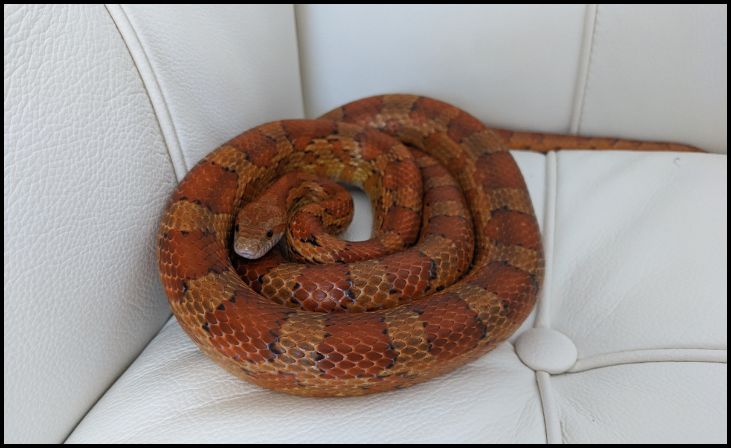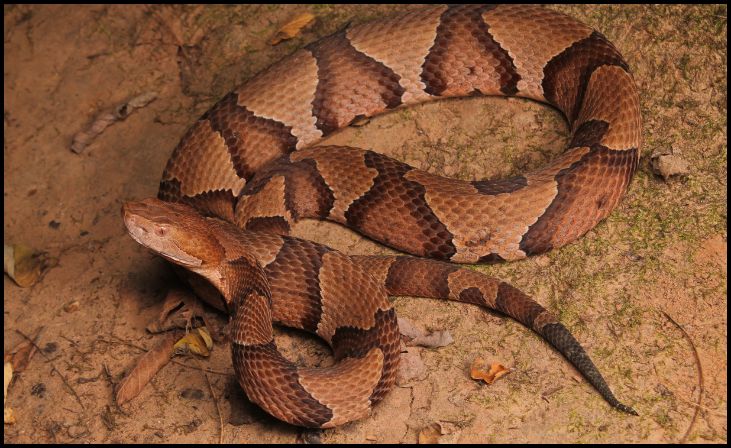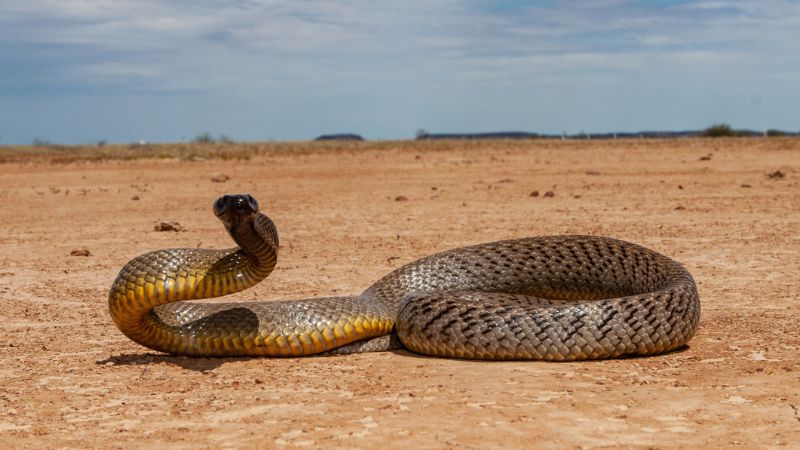Snakes are fascinating creatures, and the United States is home to a diverse array of species. Some are beloved by reptile enthusiasts, while others are feared due to their venomous bites. Let’s take a closer look at the most popular snake species in the US, exploring their unique characteristics and habitats.
Eastern Garter Snake

Eastern Garter Snakes are some of the most prevalent snakes in the United States. Known for their slim bodies and characteristic stripes, these snakes are commonly found in gardens, forests, and near water bodies. They are non-venomous and pose no threat to humans. Their diet primarily consists of amphibians, earthworms, and small rodents. Due to their widespread presence and docile nature, they are often the first snake that many people encounter.
Eastern Diamondback Rattlesnake
The Eastern Diamondback Rattlesnake is the largest venomous snake in North America. This snake is easily recognizable by its distinctive diamond-shaped patterns and the menacing rattling sound it makes when threatened. Eastern Diamondbacks are found in the southeastern United States, particularly in dry, sandy areas and pine forests. Their potent venom and aggressive nature make them one of the most feared snakes in the region. However, they play a crucial role in controlling the populations of small mammals and rodents.
Black Rat Snake
Black Rat Snakes are large constrictors with dark-colored scales. They are commonly found in forested environments and are adept climbers, often seen clinging to trees. These non-venomous snakes are beneficial to humans as they help control rodent populations. Despite their intimidating appearance, Black Rat Snakes are generally shy and will avoid confrontation with humans. They are often kept as pets due to their calm demeanor and ease of care.
Corn Snake

Corn Snakes are popular among reptile enthusiasts due to their vibrant colors and complex patterns. These snakes are native to the southeastern United States and are often found in overgrown fields and abandoned buildings. Corn Snakes are non-venomous and make excellent pets because of their manageable size and docile nature. Their name comes from their frequent presence near cornfields, where they hunt for small rodents.
Western Diamondback Rattlesnake
The Western Diamondback Rattlesnake is another venomous species known for its distinctive diamond-shaped patterns and characteristic rattle. Found primarily in the southwestern United States, this snake inhabits deserts, grasslands, and rocky areas. Like its eastern counterpart, the Western Diamondback has a potent venom that can be dangerous to humans. However, it is an important predator in its ecosystem, helping to keep the populations of small mammals in check.
Northern Water Snake
Northern Water Snakes are often mistaken for venomous species, but they are actually non-venomous. These snakes are commonly found in aquatic habitats such as lakes, rivers, and marshes in the northeastern United States. Northern Water Snakes are proficient swimmers and feed on fish and amphibians. While they can be aggressive if threatened, their bite is harmless to humans. Their mistaken identity often leads to unnecessary fear and harm towards these beneficial reptiles.
Copperhead

Copperheads are venomous snakes known for their distinctive hourglass-shaped markings and copper-colored heads. They are commonly found in the eastern and central United States, inhabiting wooded areas, rocky hillsides, and near water sources. Copperheads are generally not aggressive and will only bite if provoked. Their venom is relatively mild compared to other venomous snakes, but it can still cause significant pain and medical complications. Copperheads play a vital role in controlling the populations of small mammals and insects.
